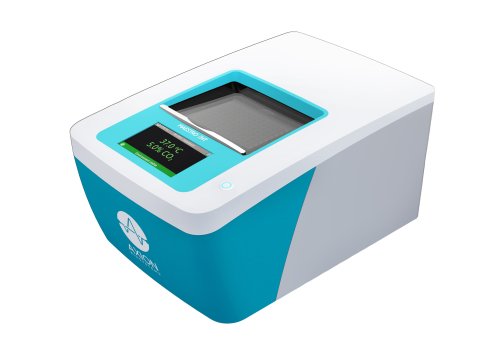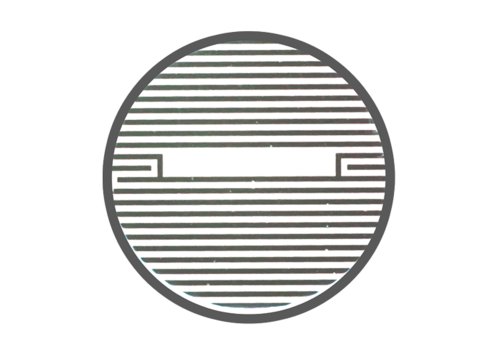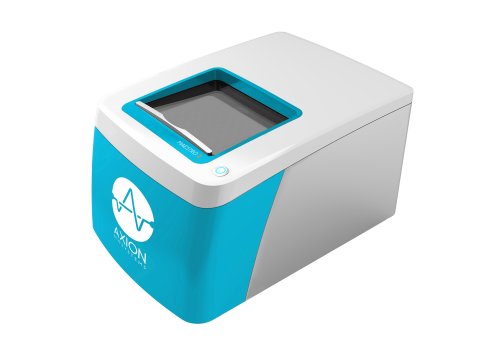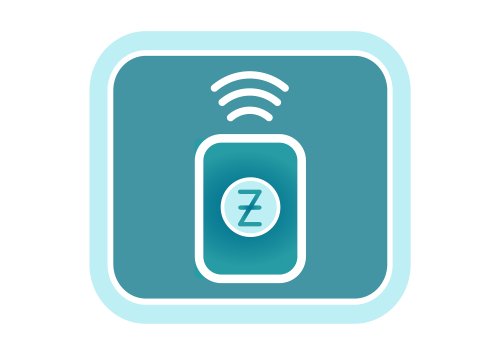
Preparing the CytoView-Z Plate - Antibody Coating
-
Pre-coat (100 µl per well is recommended) the entire well surface of the CytoView-Z plate using the relevant antibody for your cell type to anchor the non-adherent cells to the impedance plate surface. E.g. anti-CD40 for Daudi cells (4 µg/mL) or anti-CD71 for K562 cells (5 µg/mL). Tip: Reconstitute the relevant antibody in PBS for the cell line that is cultured in accordance to supplier recommendations.
-
Incubate the antibody-coated plate at 4°C, overnight.
-
Aspirate the antibody solution from the plate.
-
Add 100 µl of complete medium to the plate, and add 8 mL of sterile water to the on-plate reservoirs to increase humidity.
-
Dock the plate in the Maestro Z to measure the media only (MO) Baseline. Transfer the plate to a biosafety cabinet when the Baseline is complete.
Culturing Non-Adherent Cell Lines for Transfer to CytoView-Z Plate
-
Thaw and culture the cells of interest in accordance with supplier recommendations, passaging as needed.
-
Take the flasks of cultured non-adherent cells from the 37°C incubator, and mix the suspension gently, but thoroughly with a serological pipettor.
-
Remove a sample of the cell suspension and count the cells using a hemocytometer to determine both the viability and total number of viable cells. Tip: Ensure the cells are evenly suspended before removing an aliquot to count.
-
Transfer the cell suspension to a 15 ml conical tube.
-
Centrifuge the cell suspension at 250 x g for 5 minutes.
-
Aspirate the supernatant, being careful not to disturb the cell pellet.
-
Dilute the cell suspension in complete medium to a working concentration of cells per 100 µl. The working concentration should be the number of cells per well necessary to achieve 100% confluence within 24 hours, however this may vary based on specific experimental goals. Note: It is recommended to run a cell density sweep with a cell type first to determine the optimal number of cells for the working concentration and to inform future experiments.
Plating Non-Adherent Cells onto the CytoView-Z Plate
-
Undock the CytoView-Z plate from the Maestro Z once the MO baseline has been collected, and transfer the plate to a biosafety cabinet.
-
Transfer the cell suspension to a trough for easy access by a multichannel pipette. Alternatively, divide the cell suspension evenly into microcentrifuge tubes that can be used with a multichannel pipette, providing enough volume to seed the cells with a 100 µl addition per well. Tip: Be sure to mix the cell suspension thoroughly before any addition to ensure even distribution of the cells. Dispense the cells directly in the middle of the well.
-
After seeding cells on the plate, leave it to rest in the biosafety cabinet for 1 hour at room temperature. Tip: High well-number microtiter plates are sensitive to thermal gradients, which can cause edge effects.
-
Dock the plate and impedance measurements will begin automatically upon plate engagement.
-
For optimal cell health, 50% of the media should be changed after 48 hours.
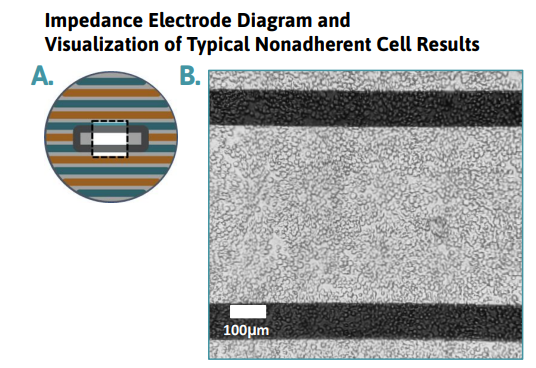
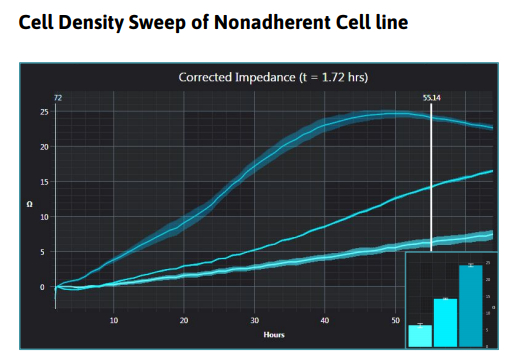
Required materials
Consumables
| Item | Vendor |
|---|---|
| CytoView-Z Plate | Axion BioSystems |
| Antibody (ex. R&D Systems, anti-CD40 - MAB6321, anti-CD71 - 2474-TR-050) | Various |
| Cell Culture Media | Various |
| 15 mL and 50 mL Centrifuge Tubes | Various |
| 1 mL Pipette Tips | Various |
Equipment
| Item | Vendor |
|---|---|
| Maestro Z | Axion BioSystems |
| AxIS Z | Axion BioSystems |
| Microscope | Various |
| 1 mL Micropipettor | Various |
| 8- or 12-channel Multiwell pipettor | Various |
